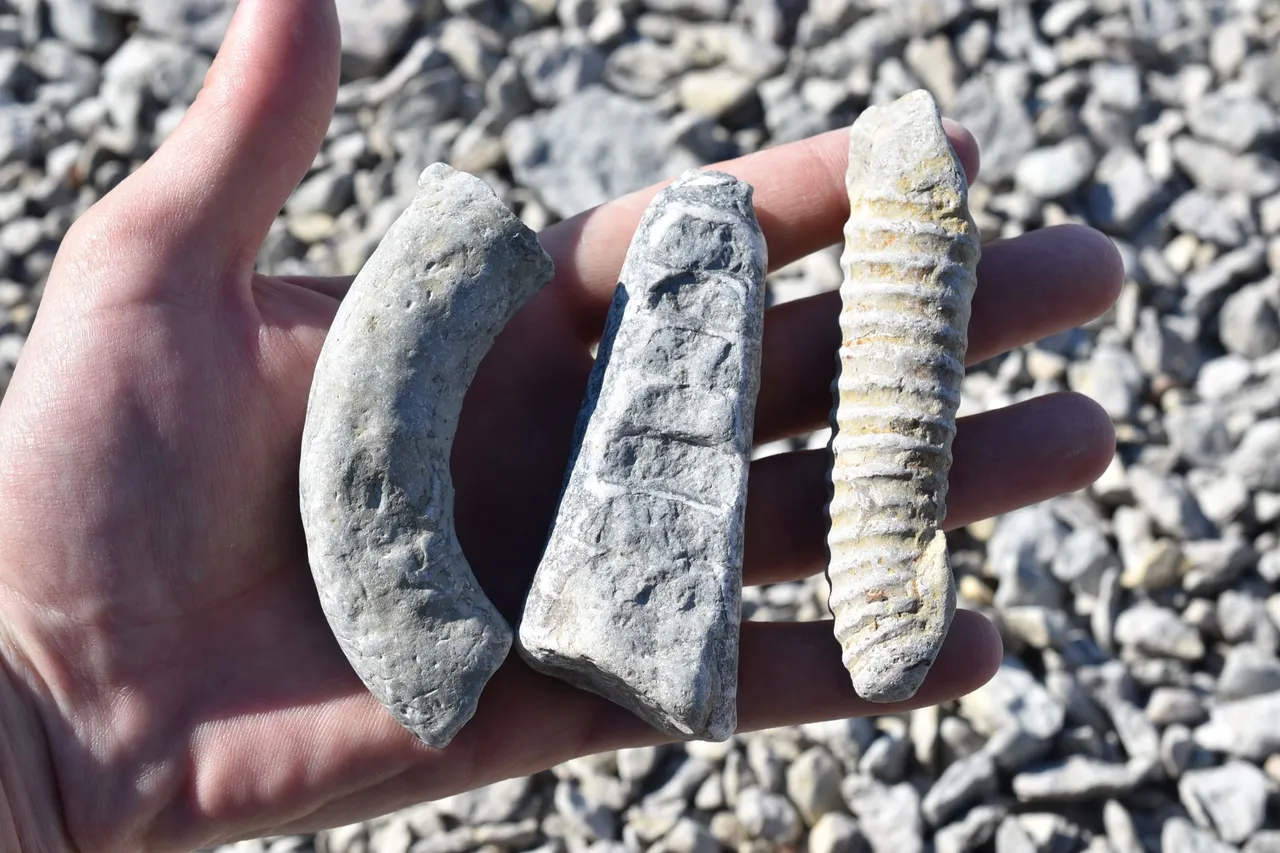
One of the interesting things about the eastern Canadian Arctic territory of Nunavut is that you often come across things you wouldn't expect. One example is the Nautiloid fossils that can be found in abundance on our small arctic island in Foxe Basin. If you don't quite know where Foxe Basin is, I have a trick for you, as long as you know where Hudson Bay is, you know where Foxe Basin is. It's the shallow body of water connected to the north of Hudson bay.
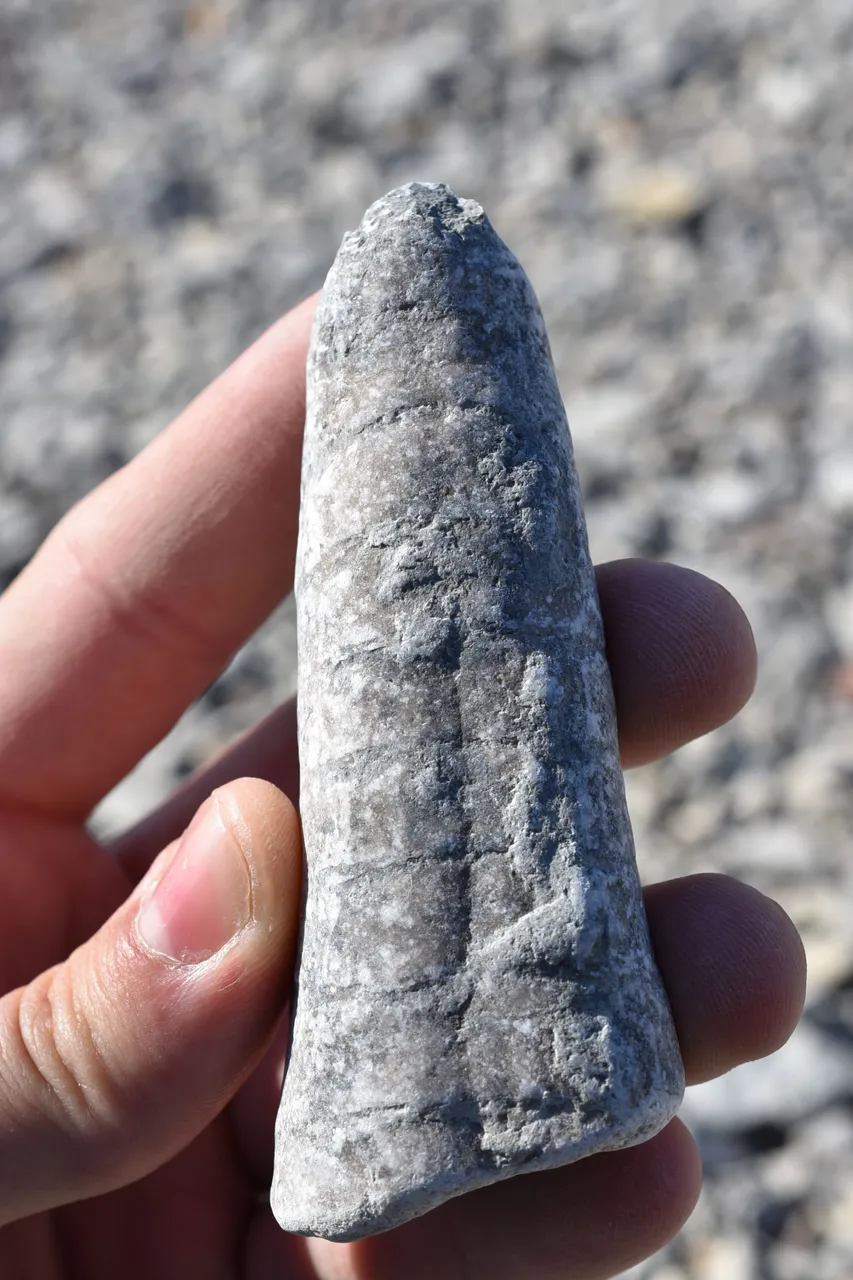
One of the awe-inspiring things about Foxe Basin is that it is in the middle of going through Glacial Rebounding (also known as Isostatic Rebounding) which is basically where the land rises upwards slowly after the weight of the glacier that was once on top of it recedes away. Toss in a a boat-load of plate tectonics and several hundred million years and you end up with a body of water that was once filled to abundance with diverse Paleozoic creatures such as the Nautiloid!
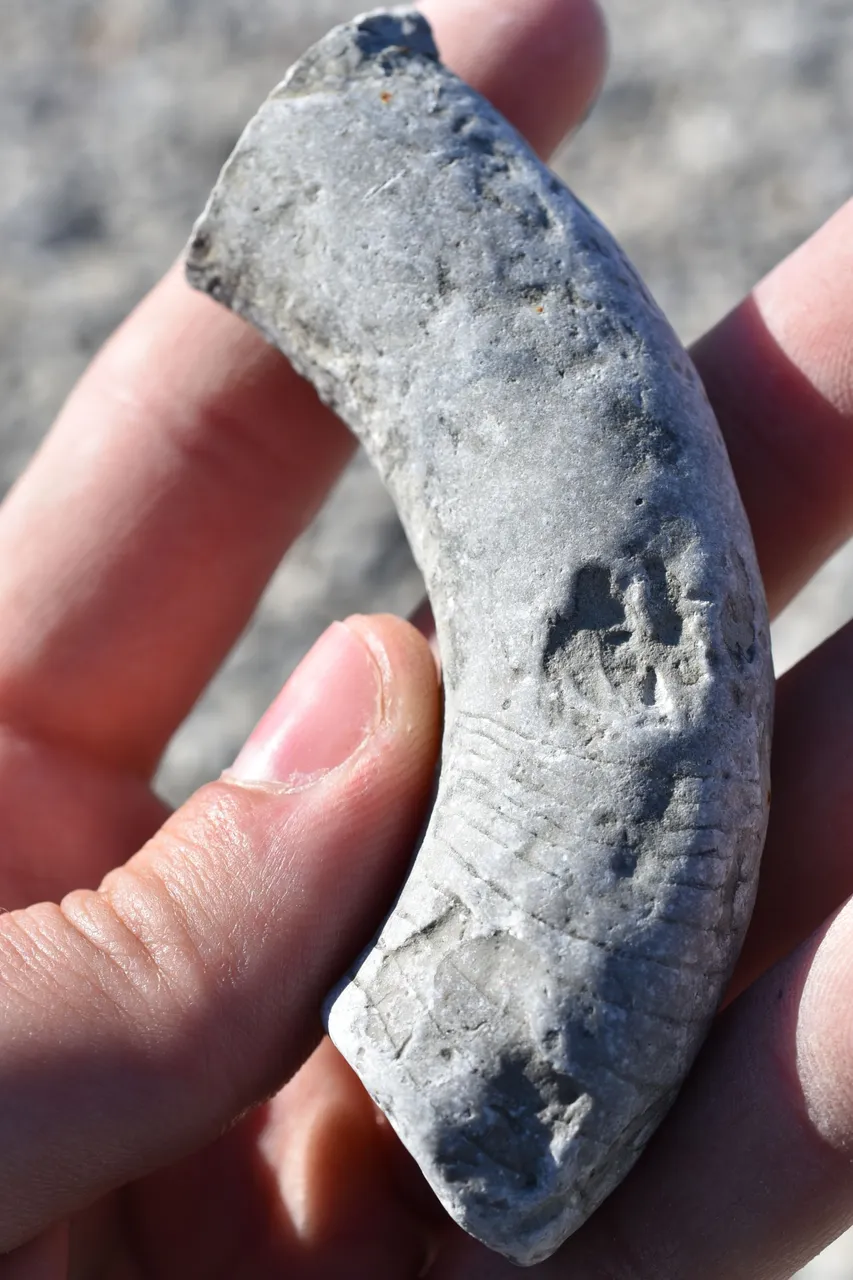
The Paleozoic era lasted from roughly 540 to 250 million years ago, and Nautiloids were much more common in those times than they are in our present day. There are only 6 living species of Nautiloids compared to what is thought to be over a thousand species that existed during the Paleozoic and onwards. Fossil records of Nautiloids are not that uncommon, with their remains being found in various marine sediments around the word, as well as ancient seas that once covered parts of present-day Nunavut such as my small island.
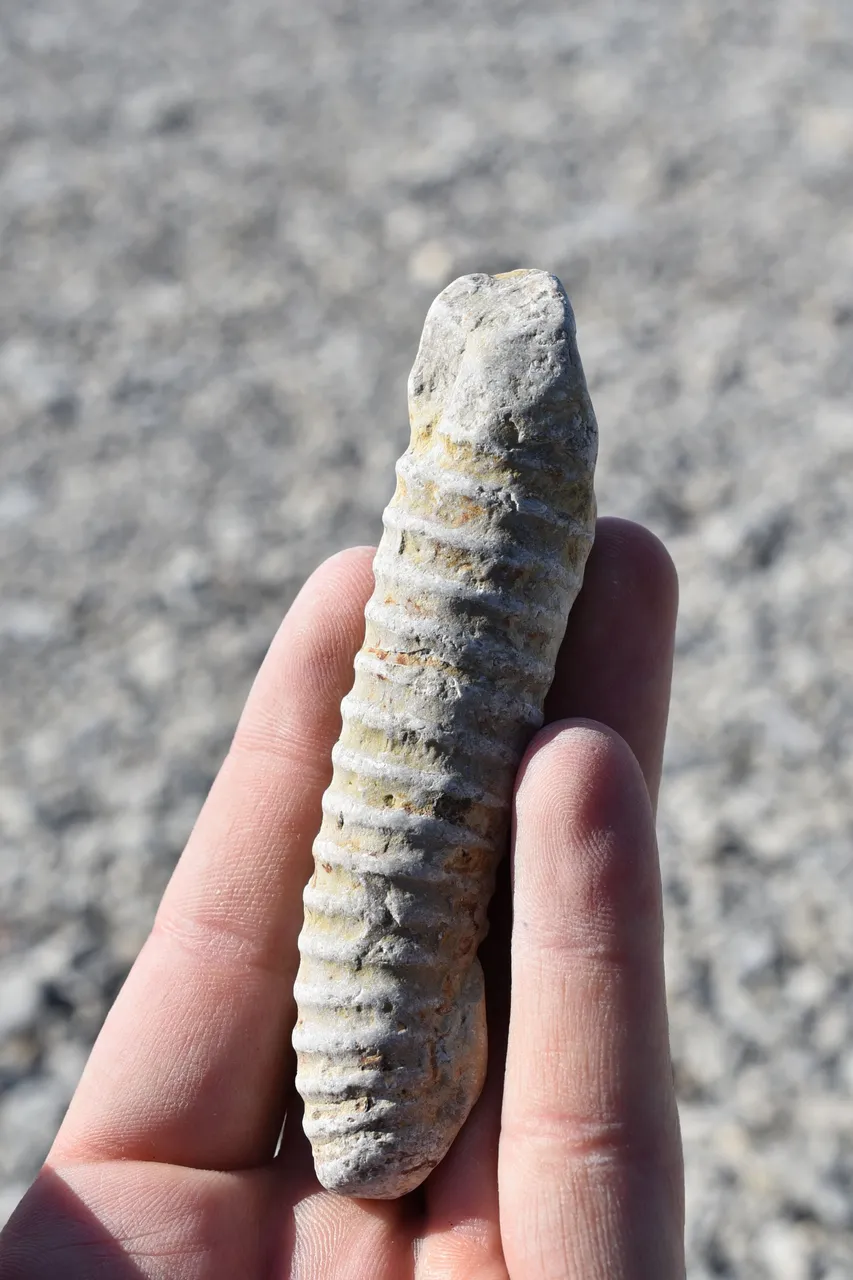
The island of Igloolik is mostly Limestone with patches of Calcite scattered in places. Nautiloid and other marine creatures found in the Limestone will often be imprints or fossil molds. Imprints or molds form when the original skeleton dissolves away over time and is replaced with other materials. On rare occasions we even find geode-like fossil molds with small clusters of druzy quarts on their interior. In the calcite regions of the island it is possible to find the shells still attached to the fossils, not fully dissolved away but in a horribly brittle state. It took us 4 years to find our first shelled fossil and the sad thing is... We found them 500 meters down the beach while collecting snow in July for our cooler! (I'll be posting a blog about that adventure in the future, yes, snow in July.)
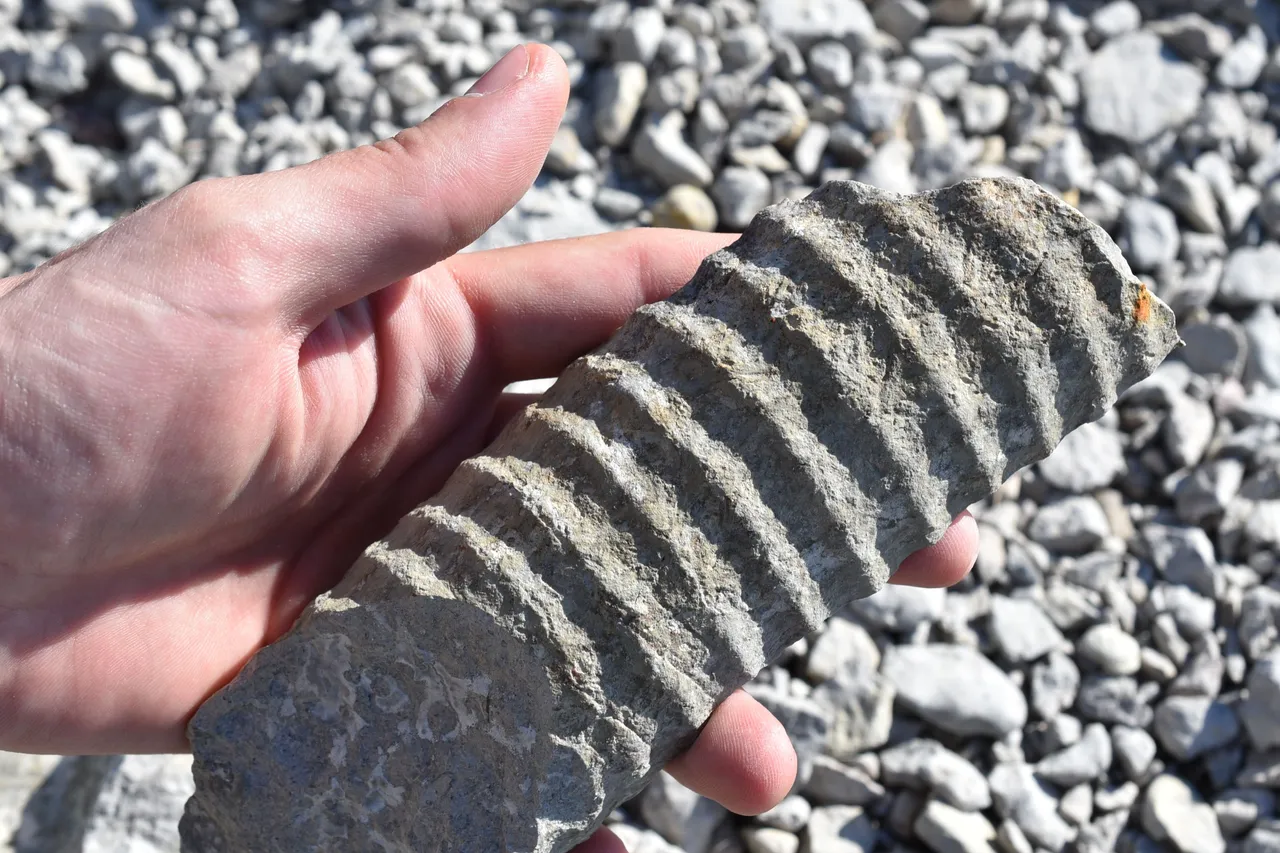

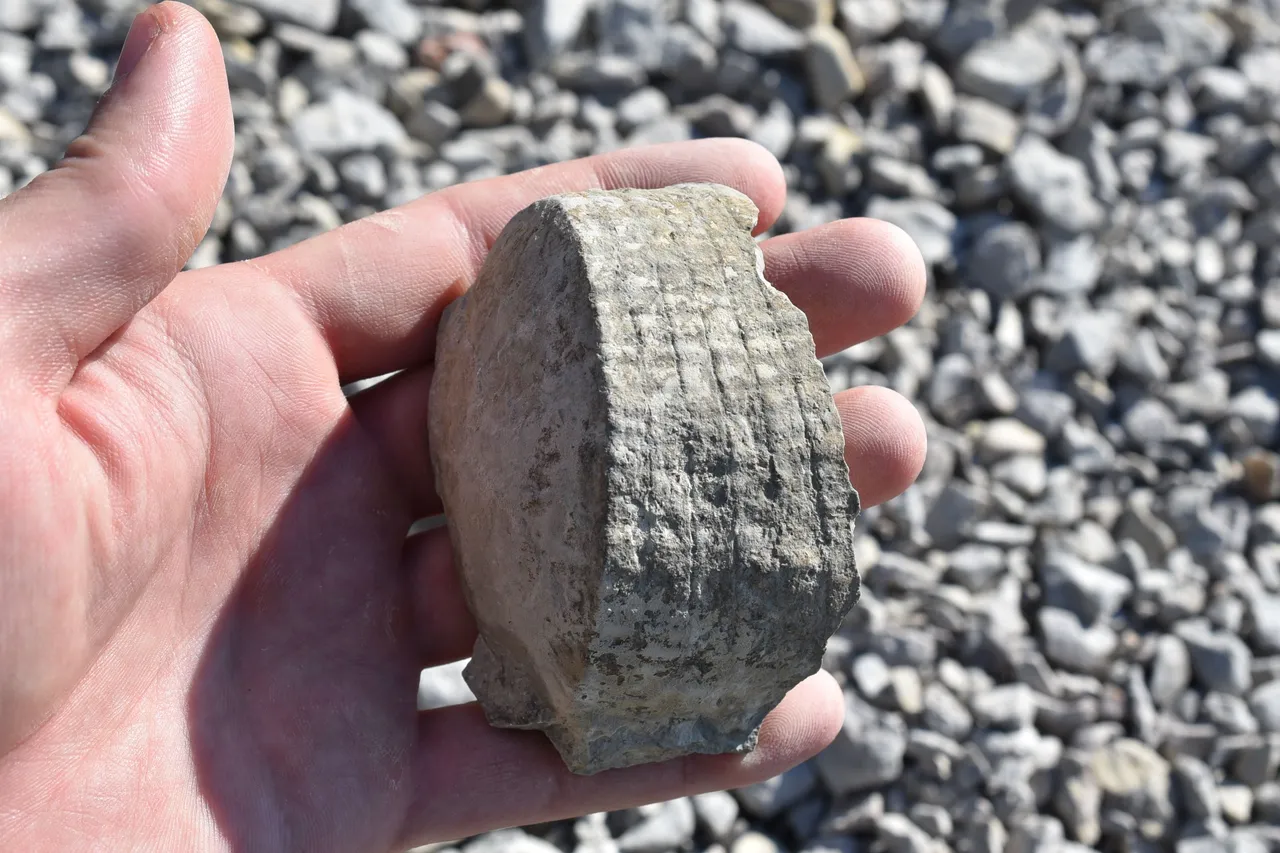
Thanks for taking the time to check out my rocks. Not too many people 'round these parts are interested in the almost half a billion years of history that they walk on every day. Seemingly content to lament the past 60 years instead of bettering the future of their society. Well, this is taking a turn. Back to the outro. I hope you enjoyed these fossils, if you wish to see more of them they can be arranged in short order, but don't wait too long. In September it starts to cool off and the darkness seeps ever closer to 24-hour nights.
All photos are my own unless explicitly stated otherwise
Camera can vary, Samsung s21, S23 Ultra, Nikon P900, Nikon D750
